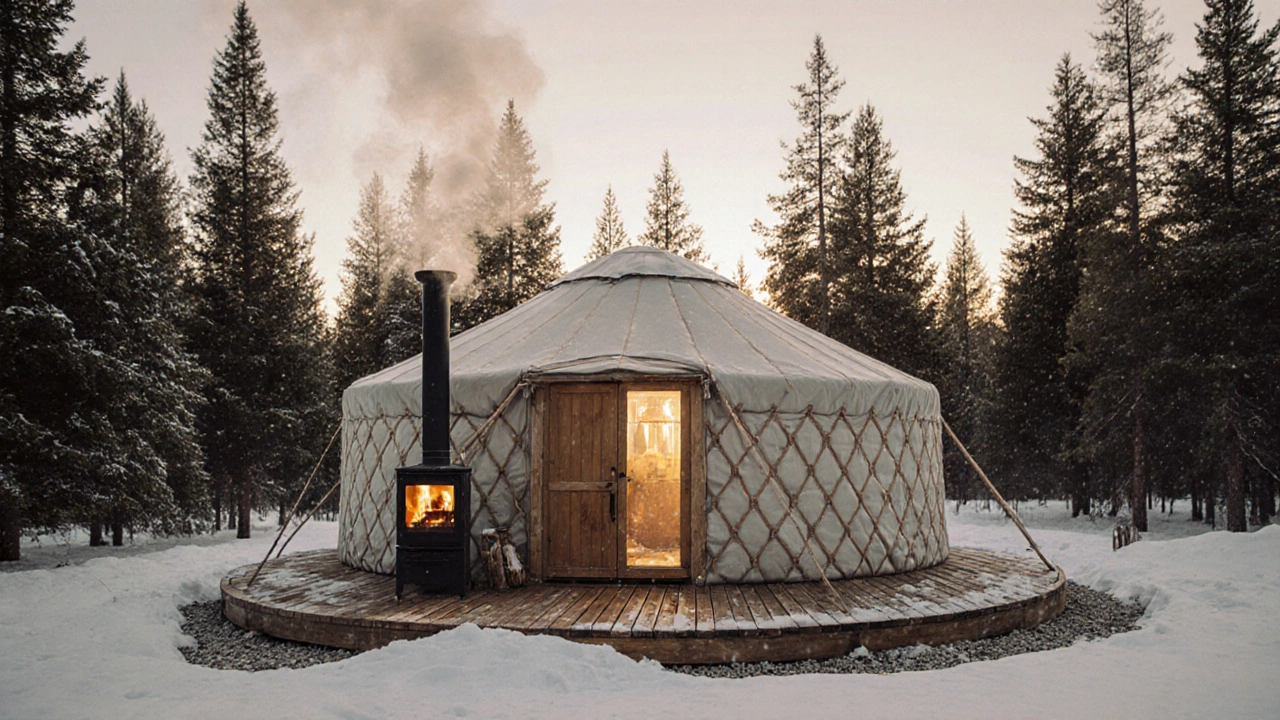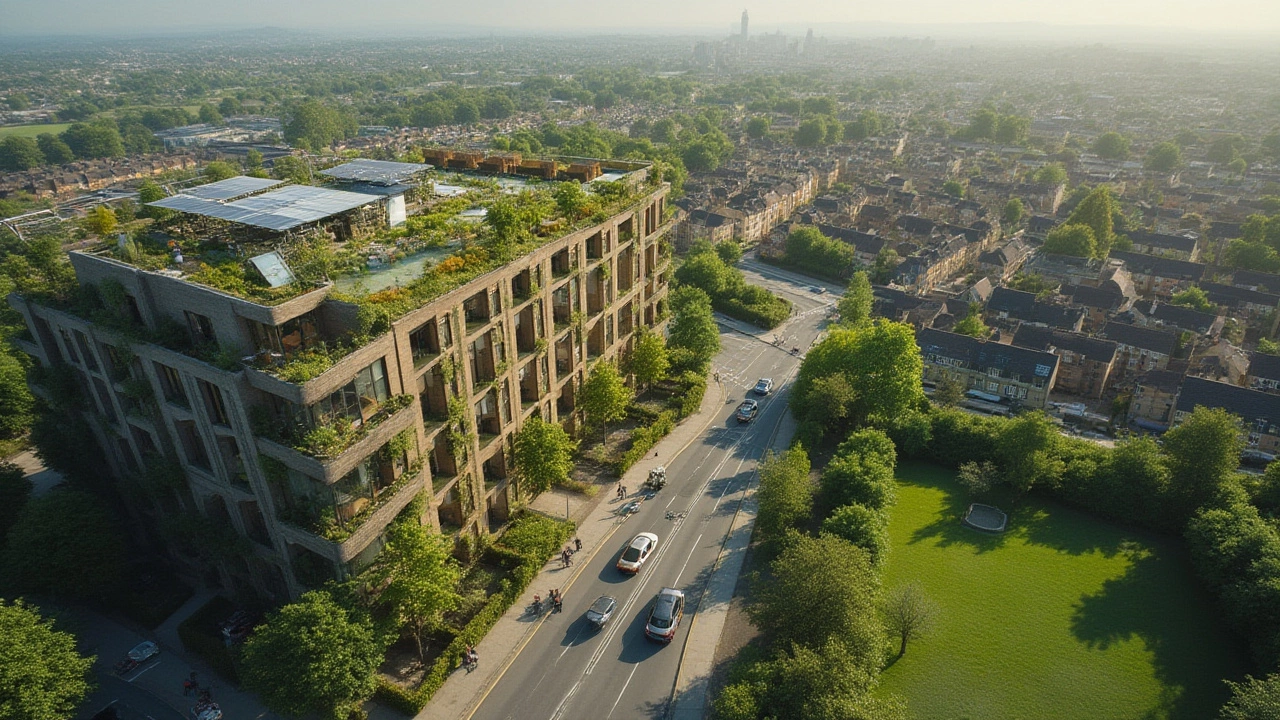Sustainable Housing: Simple Ways to Build Eco‑Friendly Homes
Thinking about a house that’s kind to the planet doesn’t have to mean a radical overhaul or a huge budget. You can make everyday choices that cut waste, lower energy bills, and give you a healthier space to live. Below are clear, doable ideas you can start using right away, whether you’re building from scratch or refreshing an older cottage.
Why Sustainable Housing Matters
Every brick, window, and piece of insulation has an impact on the environment. Using renewable or recycled materials reduces the carbon footprint that comes from mining, transporting, and manufacturing. Plus, a well‑insulated home keeps heat in during winter and out during summer, which means less reliance on heating or cooling systems. That translates to lower utility bills and a smaller energy bill each month.
People also notice the comfort boost. A home that breathes well, stays at a steady temperature, and avoids mold feels more pleasant to live in. That’s why many travelers on our site choose eco‑friendly cottages – they get a cozy stay and know they’re supporting greener practices.
Practical Tips for Eco‑Friendly Homes
1. Choose Natural Insulation. Materials like wood fibre, hemp, or recycled denim are great alternatives to traditional foam. They’re breathable, keep heat steady, and are often locally sourced, which cuts transport emissions.
2. Install Energy‑Saving Windows. Double‑glazed windows with low‑E coating block heat loss and keep sunlight out in summer. If you’re on a tight budget, adding window film can give similar benefits without replacing the whole frame.
3. Go Solar Where Possible. Even a small rooftop panel system can power lights, a fridge, or a water heater. Many UK schemes offer grants or feed‑in tariffs that make the upfront cost easier to manage.
4. Use Reclaimed Wood and Brick. Salvaged materials add character and avoid the demand for fresh timber or new brick. Look for local suppliers or demolition sites that sell quality reclaimed pieces.
5. Fit Low‑Flow Fixtures. A simple faucet aerator or a dual‑flush toilet can shave off gallons of water each day. Over a year, that adds up to big savings on your water bill and less strain on local resources.
6. Embrace Passive Design. Position living spaces to catch sunlight in winter and add shading devices for summer. Properly placed windows, overhangs, and even a strategic garden can reduce the need for active heating or cooling.
7. Choose Sustainable Flooring. Bamboo, cork, or reclaimed wood are durable and have a lower environmental impact than many traditional hardwoods.
Implementing a few of these ideas can transform a regular house into a sustainable home without a massive renovation. Start with the low‑cost changes—like switching to LED lighting or adding draft‑stoppers—and move up to bigger projects when you’re ready.
Remember, sustainability is a journey, not a race. Each small improvement adds up, making your home healthier, cheaper to run, and better for the planet. Whether you’re planning a new build, a cottage getaway, or just want to upgrade your current place, these tips give you a solid roadmap to greener living.


